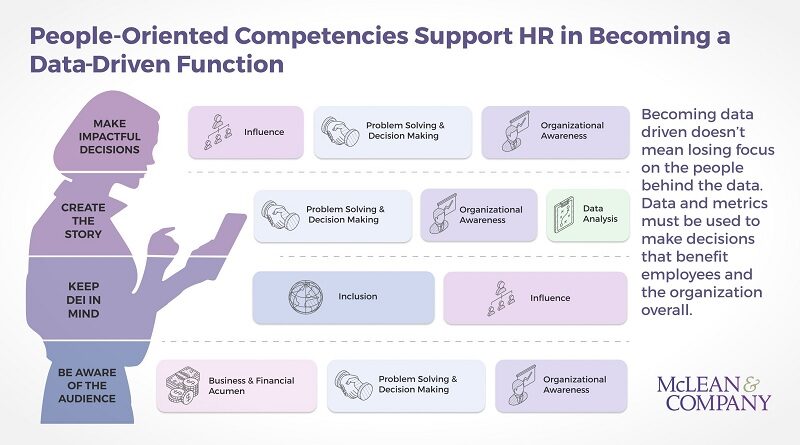Organizations With a Data-Driven HR Analytics Strategy Are 45% More Likely to Achieve Desired Results, Says HR Research Firm McLean & Company
McLean & Company, the globally trusted partner of HR and business leaders, has released its latest blueprint, Use Dashboards to Become a Data-Driven HR Function. The research-backed industry resource is designed to help HR leaders create and use dashboards that reflect meaningful metrics to generate insights and provide data-driven recommendations to various audiences across the organization.
“Impactful decisions can be made from basic metrics and dashboards,” says William Howard, Director, HR research & advisory services at McLean & Company. “Becoming data driven doesn’t mean losing focus on the people behind the data, but rather that data and metrics must be used to make decisions that benefit employees and the organization overall.”
Data and metrics are must-haves for HR teams as data can provide insights and recommendations for many HR functions, including succession planning, retention, engagement, and more. Data-driven organizations experience benefits for both employees and the organization itself, often proving more effective at providing insights to leadership, acting on employee needs in real time, and enabling innovation to produce desired outcomes.
In fact, organizations with a data-driven HR analytics strategy are 45% more likely to score highly in their ability to produce desired outcomes or results and 86% more likely to score highly in their ability to enable innovation.
However, many organizations are not investing in developing HR teams’ competencies related to data and metrics, and as a result, HR professionals lack the training required to become data driven and leverage strategic data to their advantage. For example, only 48% of organizations are developing their HR teams in strategic competencies like business acumen, organizational awareness, and data literacy.
There is often a disconnect between how often organizations report metrics and analytics as a top priority and the investment being made in developing HR’s data-driven competencies. To combat this, McLean & Company’s resource recommends that HR leaders use dashboards as an effective way to present HR data, monitor the current state of affairs, provide insights to meet organizational needs, and ultimately become a data-driven function.
In the blueprint, McLean & Company outlines a four-step process to select metrics and create dashboards that tell a story:
- Select metrics that matter – Establish the target audience for the dashboard, uncover and prioritize needs, translate needs into metrics, and select a project team.
- Identify and gather required data – Recognize DEI (diversity, equity & inclusion) considerations, identify required data for selected metrics, assess the quality of required data, collect additional data as necessary, and determine the frequency of measurement and reporting for selected metrics.
- Conduct analysis and craft a story – Combine and prepare the data, calculate the selected metrics, understand the stages of the storytelling model, and develop insights and recommendations based on identified trends.
- Create a dashboard that tells the story – Understand dashboard best practices, choose appropriate visuals to display data, launch the dashboard and associated deliverables, and gather feedback to follow up on recommendations,




